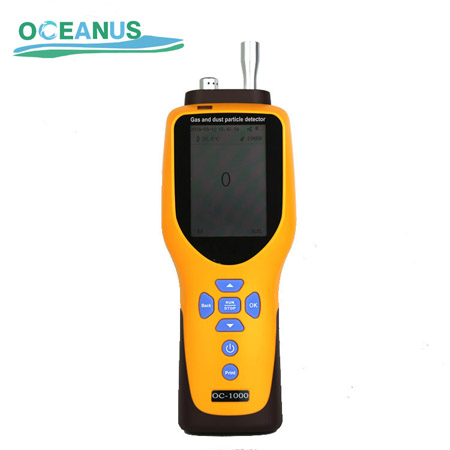Handheld gas detectors have found numerous applications in a variety of settings, such as industrial plants, chemical laboratories, and even emergency response teams. These devices are designed to detect the presence of hazardous gases in the air and provide an early warning of dangerous levels of these gases.
In industrial plants, gas detectors are commonly used to monitor the air for toxic gases, such as carbon monoxide, hydrogen sulfide, and chlorine. They can also be used to detect combustible gases, like methane and propane, which can pose a risk of fire or explosion if not properly contained.

In laboratory settings, gas detectors are used to ensure the safety of workers handling potentially hazardous substances. They can be used to detect leaks or spills of toxic gases, as well as to monitor the ventilation systems to ensure air quality.
Handheld gas detectors are also frequently used by emergency response teams during hazmat incidents. These incidents can occur in a variety of settings, such as chemical spills or industrial accidents, and require quick action to prevent harm to human health and the environment. Gas detectors can help responders identify the type and level of hazardous gases present, allowing them to take the appropriate measures to contain and mitigate the damage.
Overall, handheld gas detectors are versatile tools that provide critical information for ensuring the safety of workers and the public
